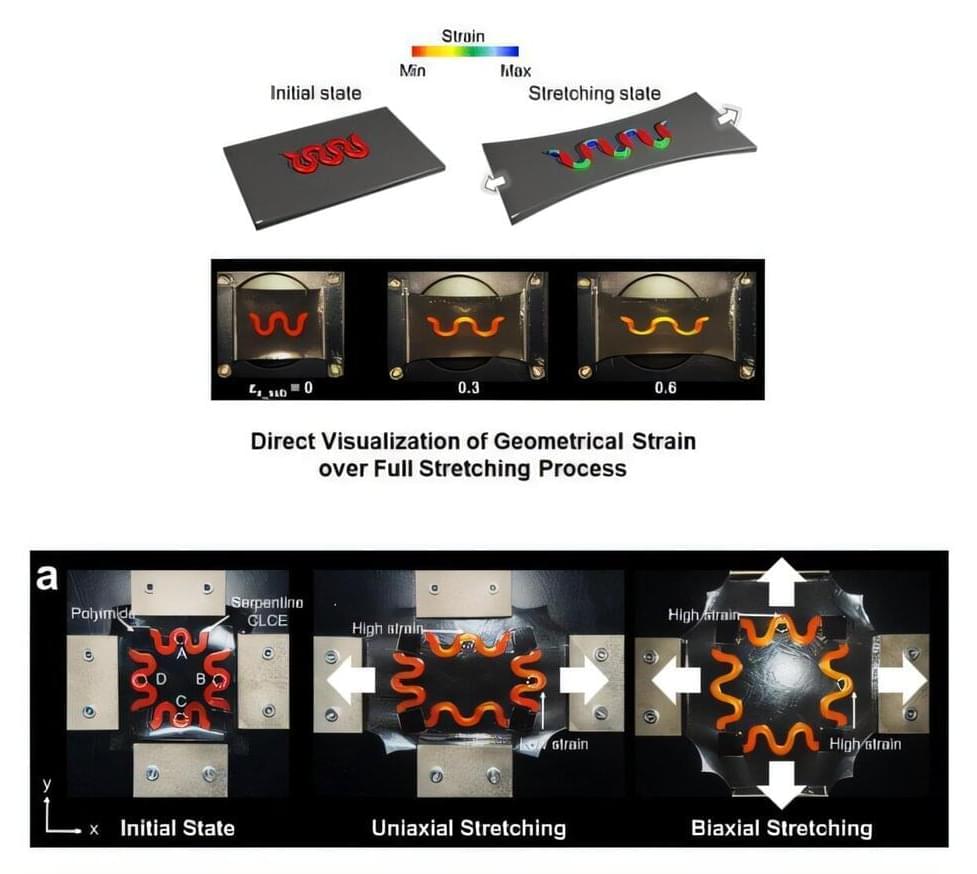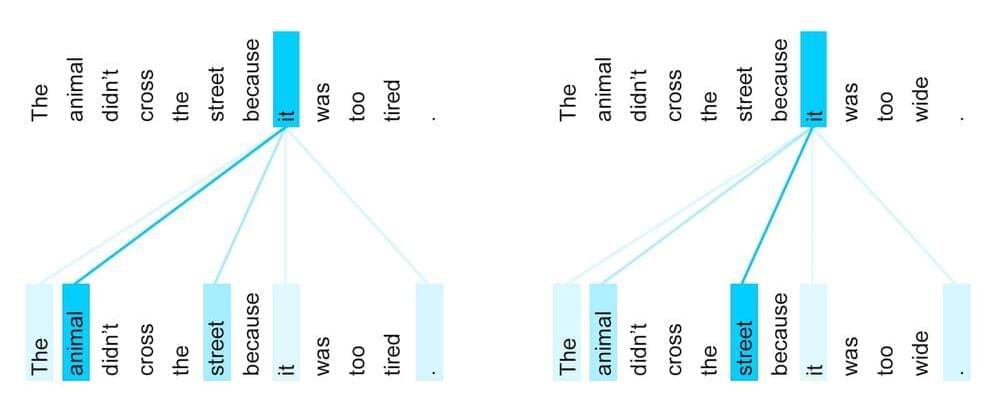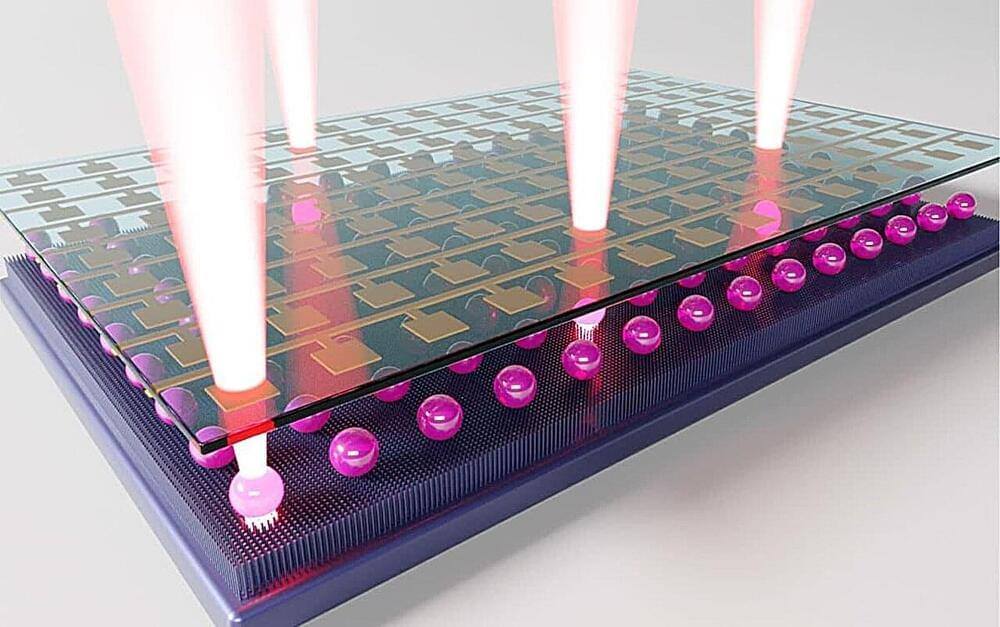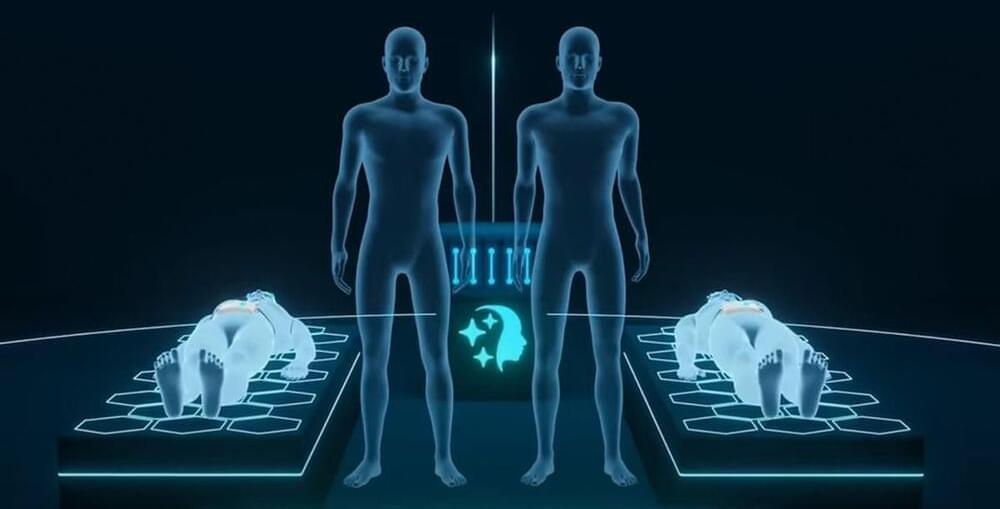Application of graph theory in liver research: A review.



The world of artificial intelligence (AI) has made remarkable strides in recent years, particularly in understanding human language. At the heart of this revolution is the Transformer model, a core innovation that allows large language models (LLMs) to process and understand language with an efficiency that previous models could only dream of. But how do Transformers work? To explain this, let’s take a journey through their inner workings, using stories and analogies to make the complex concepts easier to grasp.


The direct fusion drive could cut travel to Saturn’s moon Titan to just 2 years. Here is some key information for you to watch before deciding to read the whole article. Thanks for visiting us!
Fusion Power for Fast Space Travel
Scientists at Princeton Plasma Physics Laboratory (PPPL) are developing a groundbreaking propulsion system called the Direct Fusion Drive (DFD) that could drastically cut down travel time to distant planets. Using this innovative technology, spacecraft could reach Saturn’s moon Titan in just two years, compared to the many years it currently takes. Titan, with its hydrocarbon-rich surface, holds significant scientific interest and may even serve as a future refueling stop for interplanetary missions.

Researchers at the University of Tsukuba have developed an innovative method for rapidly creating laser light sources in large quantities using an inkjet printer that ejects laser-emitting droplets.
By applying an electric field to these droplets, the researchers demonstrated that switching the emission of light on and off is possible. Furthermore, they successfully created a compact laser display by arranging these droplets on a circuit board.
The study is published in Advanced Materials.
The 2024 solar eclipse across North America spurred numerous NASA-supported research projects that observed the eclipse’s impact on the sun’s corona, Earth’s atmosphere, and radio communications.
Significant data were gathered from ground-based telescopes, aircraft, amateur radio transmissions, and student-launched high-altitude balloons.
Sweeping solar eclipse across north america.

Immunotherapy is a type of cancer treatment that stimulates a patient’s immune system to attack tumours.
While promising, its effectiveness varies among patients.
The new VUB technology helps identify in advance which patients are likely to benefit from this treatment.
The study introduces an innovative tracer targeting CD163, a molecular receptor on tumour-associated macrophages—immune cells that support tumour growth and protection.

